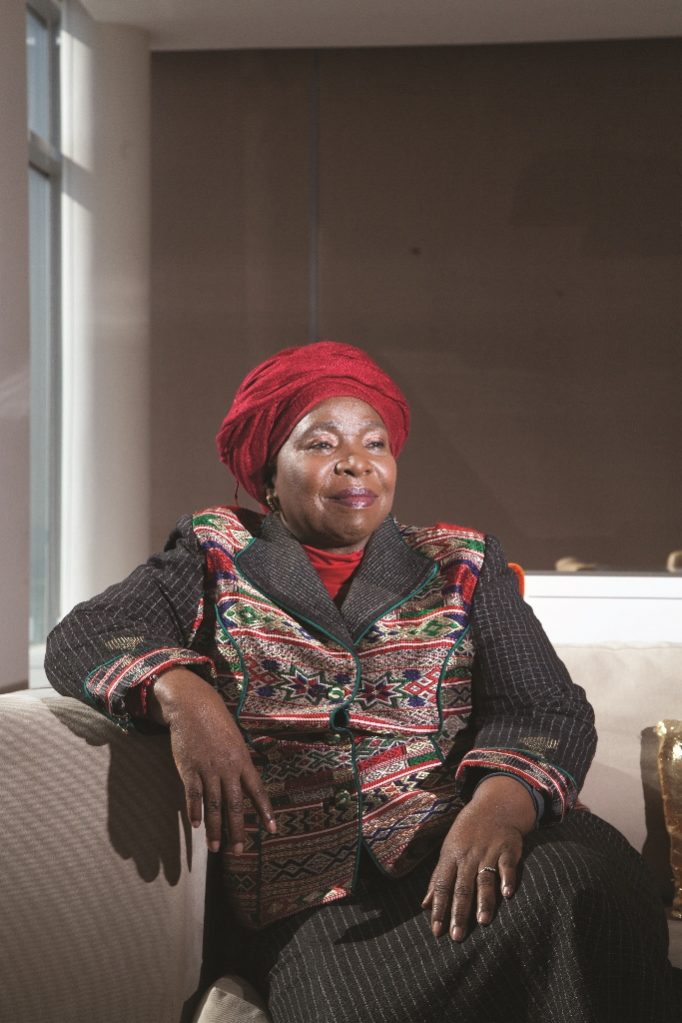Every year, South Africa celebrates Women’s Month in August, commemorating the 1956 protest against pass laws that saw 20,000 women march to the grounds of the Union Buildings in the country’s capital Pretoria.
In the run-up to Women’s Month, it was fitting that the African Union (AU) summit in June was held in Johannesburg around the theme, ‘Women’s Empowerment and Development Towards Africa’s Agenda 2063’. The AU has declared 2015 as the year of women’s empowerment.
At the opening ceremony of the summit, Robert Mugabe, President of Zimbabwe and current Chairperson of the AU, lauded the African woman.
“Whenever I think of the virtues and the indomitable spirit that epitomizes the African woman, I am reminded of the heroines across the African continent who stood up against the forces of colonialism and occupation,” he said.
In an exclusive interview with FORBES WOMAN AFRICA after the summit, Nkosazana Dlamini-Zuma, the first female chairperson of the AU Commission, also a former South African home affairs minister, spoke about a new campaign. She wants to replace the hoe (implement used in agriculture) with a motorized tiller.
Loading...
“The women on this continent are unique in many ways. They really are the drivers of communities, of families, they are the curators of our culture… During our consultations to put together Agenda 2063 [a 50-year vision for Africa] and especially the first 10-year plan, we were told by women farmers that Agenda 2063 will mean nothing to them if they have to continue using the hoe. And it threw a big challenge to us; the more we looked at how women worked with the hoe, we realized it is actually like a symbol of poverty and symbol of submission too. We thought ‘they are right, how have we let it go for so long?’… So we decided to start this campaign to drive the hoe away, into the museum really, until there is no woman forced to use it.”
At the summit, the AU handed out tillers to each of the 54 African countries present “just to show it can be done”.
“But we think it will actually bring a different dynamic to agriculture because young people were not willing to go into agriculture. But once they see it is technology they can use, and they can use working upright, standing tall and proud, I think the tillers will restore the dignity of African women and change the image of African women farmers,” says Dlamini-Zuma.
Next on the cards for the AU is developing Africa’s blue economy. Dlamini-Zuma says water is a hugely ignored resource.
“Africa has actually neglected the fact that it’s almost like a big island with smaller islands – 32 of the 54 countries are either coastal or island states. We need to now develop the blue economy as part of the broader economy. We have developed the first maritime strategy.”
On July 25, in Addis Ababa, the AU launched the 2015-2025 Decade of African Seas and Oceans. Plans are on to build capacity and impart training in this sector.
“We want to look at maritime transport and see if it can have shipping vessels that fly African flags from African countries, and [in] time, see that the people employed are also from Africa. Because we are a continent with lots of young people, this is the one industry we can open and create jobs for our young people over the next 10 years, besides the revenue it can bring. We are also looking at aquaculture that can create jobs and food for the continent, but from the onset, we want to look at the environment and make sure we keep our oceans clean as we try and develop the industry.”
Tourism, both coastal and floating (cruise liners), will also be a big component of the blue economy.
Loading...








